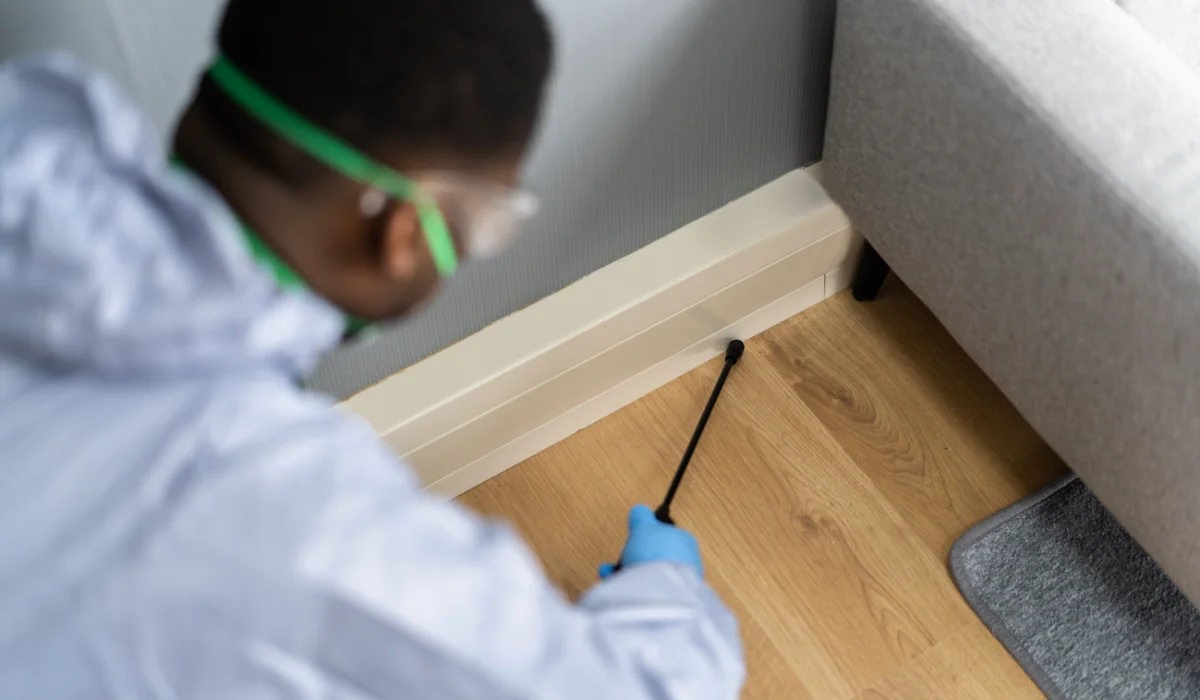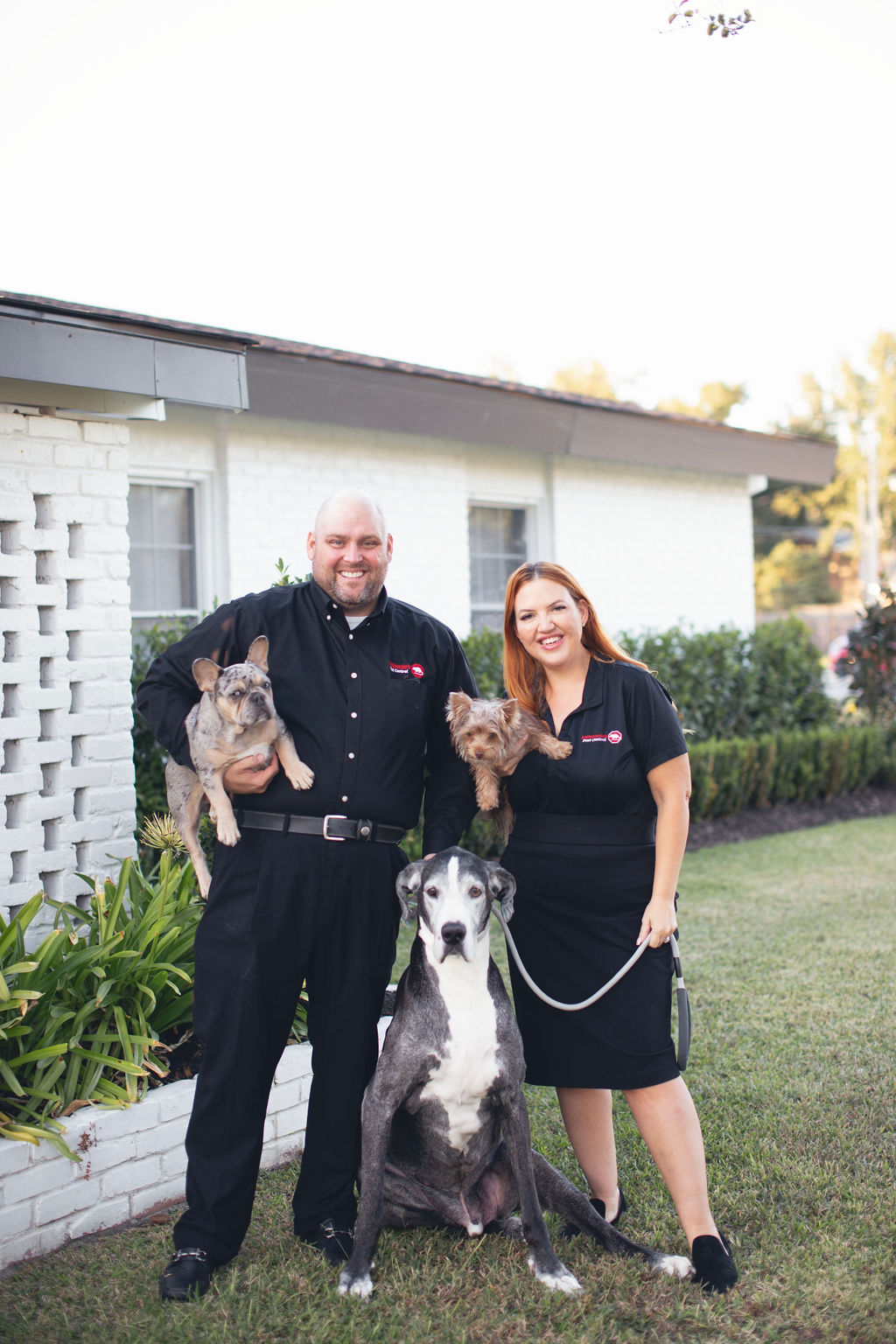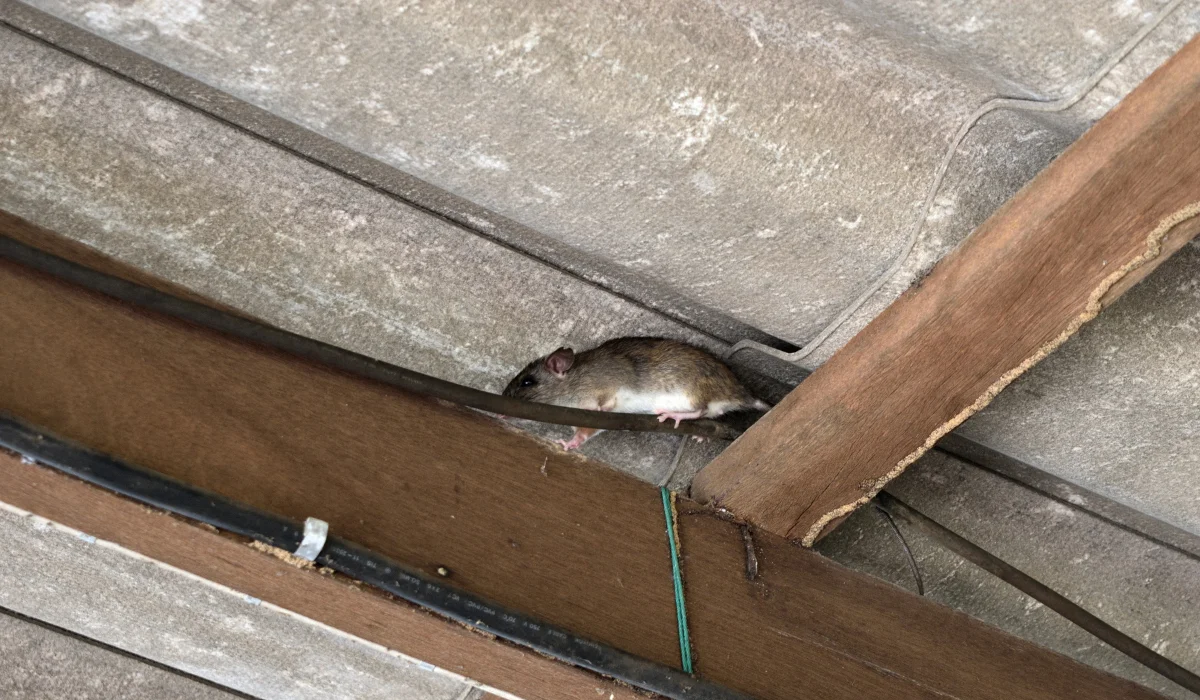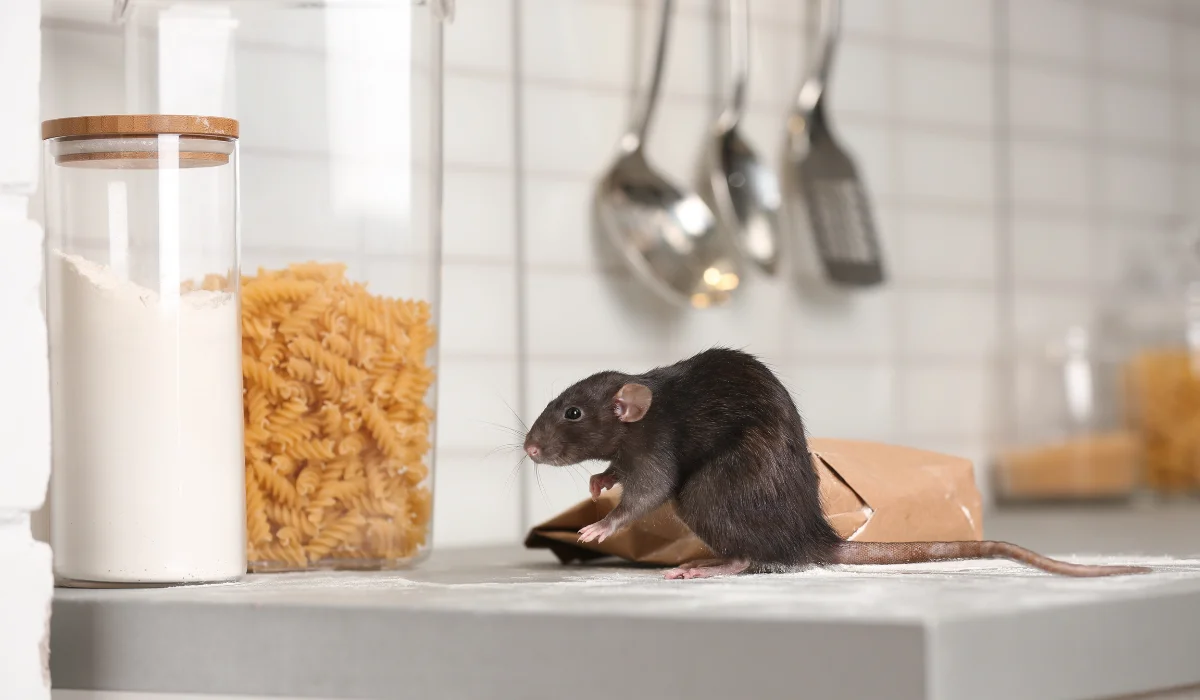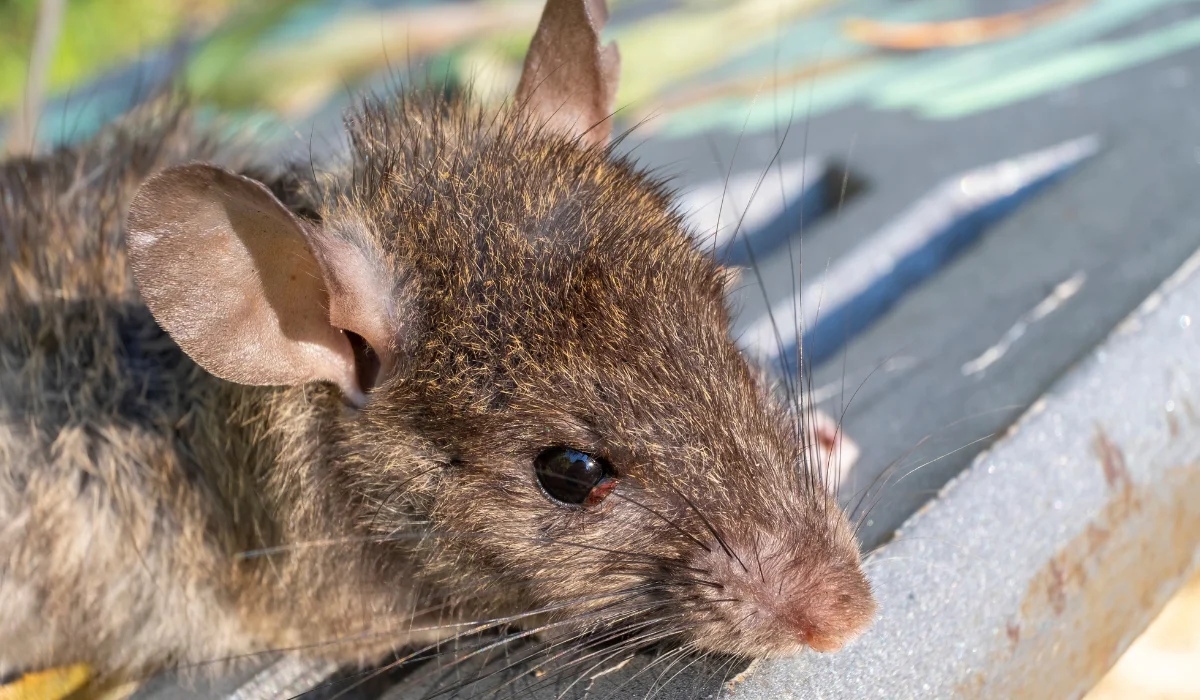In South Louisiana, termite protection isn’t a one-and-done job. With high humidity, frequent rain, and warm temperatures almost year-round, homeowners across South Louisiana need to stay vigilant. A termite infestation can go unnoticed until costly damage is done, so prevention is key.
Termite treatment duration varies depending on the type of treatment used, your home’s structure, and the surrounding environment.
This article breaks down what you can realistically expect from termite protection in New Orleans, how it compares to drier climates, and why your specific location, from New Orleans to Lake Charles, matters more than you might think.
Key Takeaways
• Most termite treatments in South Louisiana last between 1 and 5 years.
• Raised homes in Houma and other coastal areas often require rebaiting sooner due to high moisture levels.
• Year-round termite activity and swarming season put homes at constant risk.
• Annual inspections and preventative measures help ensure long-term protection.
What Determines Termite Treatment Duration?
The longevity of your termite protection depends on several factors:
• Treatment options: Termidor liquid treatments can last up to five years, while termite bait systems like Sentricon need monitoring and occasional rebaiting.
• Type of termite: South Louisiana is home to destructive species like Formosan and subterranean termites. These species require aggressive control.
• Soil and moisture: Wet soil and high humidity in cities like New Orleans and Lake Charles reduce treatment longevity, especially for slab and raised homes.
If your home has crawl spaces or is located near marshy areas, the higher moisture levels can attract termite colonies and reduce the effectiveness of treatments.
Scheduling a professional termite inspection helps catch issues early and tailor the right solution before damage spreads.
Humid vs. Arid Climates: A Clear Difference
In arid regions like New Mexico or West Texas, treatments last longer due to lower moisture. In contrast, our southern climate accelerates termite activity and shortens the lifespan of control products.
Termidor, for example, tends to degrade faster in moist environments, especially around homes with poor drainage. In Houma or Thibodaux, frequent rain and loose soil often require earlier retreatments or rebaiting.
For raised homes, bait stations can shift or become submerged, reducing their effectiveness.
Local Case Examples
Exterminators must adapt treatment plans to Louisiana’s unique landscape.:
• In Houma, raised homes with open crawl spaces collect moisture, making annual bait station inspections necessary.
• In Lake Charles, bayou-side homes face constant soil saturation, which reduces the durability of traditional liquid treatments.
• In Baton Rouge, slab homes near dense vegetation can experience fast re-infestation without regular inspections.
A local termite expert or licensed exterminator can provide accurate identification of the termite species and suggest targeted solutions.
Termite Behavior and Swarming Season
Our termite swarming season can start as early as March and extend into summer, especially for Formosan termites. These swarmers signal the growth of new colonies and often appear near lights or window sills.
The LSU AgCenter emphasizes that early detection and year-round vigilance are critical for long-term termite control in South Louisiana.
Mud tubes along your home’s foundation are often the first visible signs of termite activity. Drywood termites build these tubes from soil and saliva to protect themselves as they travel from underground nests to your home.
Annual Inspections and Preventive Measures
Your home won’t stay protected if you skip annual inspections, even with a termite warranty. Bait stations need regular checks to catch early termite activity. For slab homes, liquid barriers must remain undisturbed; tree roots, soil erosion, or DIY projects can compromise the protection.
Preventative measures include:
• Clearing mulch and wood debris from your home’s foundation
• Fixing leaks that keep crawl spaces damp
• Sealing cracks in concrete and brickwork
• Scheduling regular termite inspections, even if you don’t see swarmers
Taking these steps lowers the chance of future infestations and makes your home less attractive to termites.
Should You DIY Termite Control?
DIY termite treatment often doesn’t provide long-term protection. Without proper application, you might miss the root of the termite problem, allowing the colony to rebuild.
While you might find over-the-counter baits or termiticide sprays, they rarely get rid of all termites. Misapplying these products can also interfere with professional treatment later on.
Hiring a pest control company ensures the treatment is tailored to your home and climate. A pro will also guide you on when to retreat, how to check bait stations, and what to look for in swarming season.
Final Thoughts
Living in Louisiana means dealing with termites isn’t a matter of if; it’s a matter of when. However, with the right treatment plan, regular inspections, and a pest control team that is familiar with the local terrain, you can stay one step ahead.
LaJaunie’s Pest Control offers termite control throughout South Louisiana, including cities like Baton Rouge, Houma, and New Orleans.
Just give us a call and we will be there. If it’s been a while since your last inspection, we’re here to help prevent costly termite damage before it starts.
FAQs
How long does Sentricon last in South Louisiana?
Sentricon can last for years, but in our wet climate, it needs yearly monitoring and rebaiting to stay effective.
Can termites come back after treatment?
Yes. Especially in high-moisture areas, regular inspections and follow-up treatments are essential.
Is a termite warranty worth it in Louisiana?
A good warranty that covers inspections and retreatments can save you money and protect your home long-term.
 By: LaJaunie's Pest Control
By: LaJaunie's Pest Control 